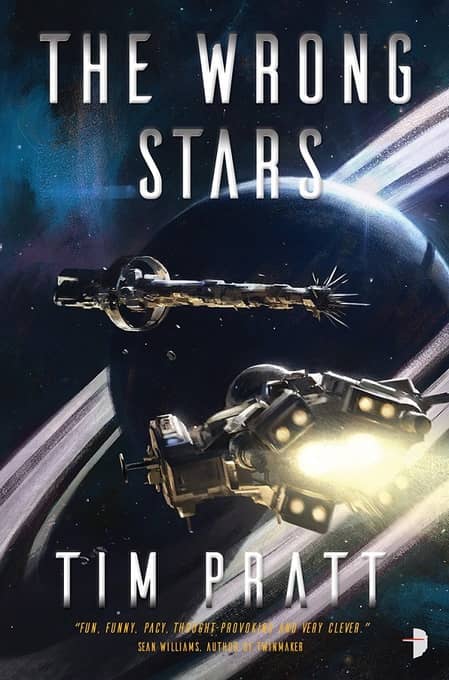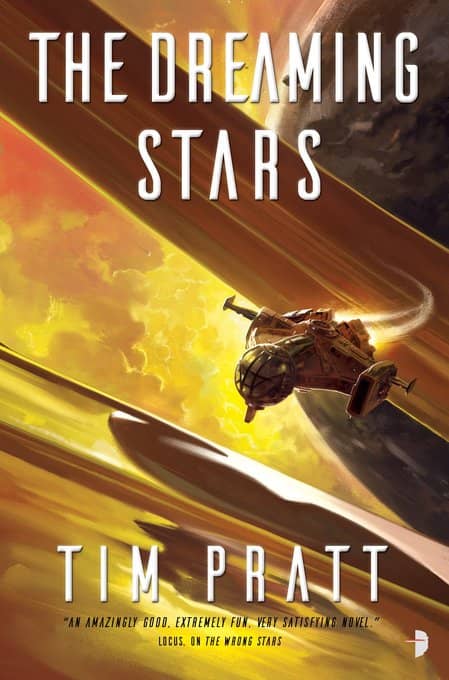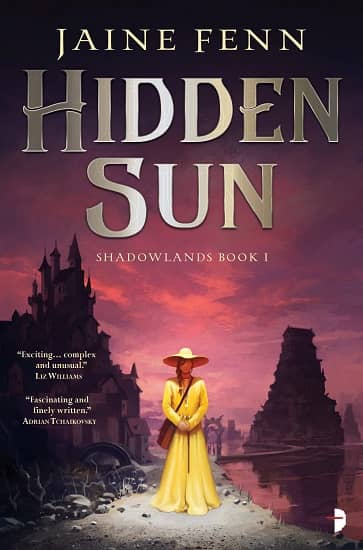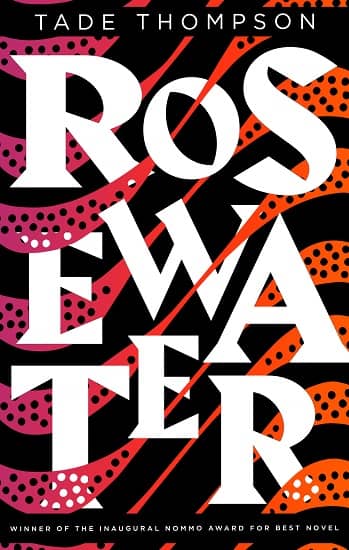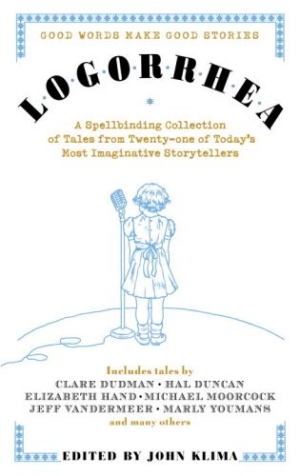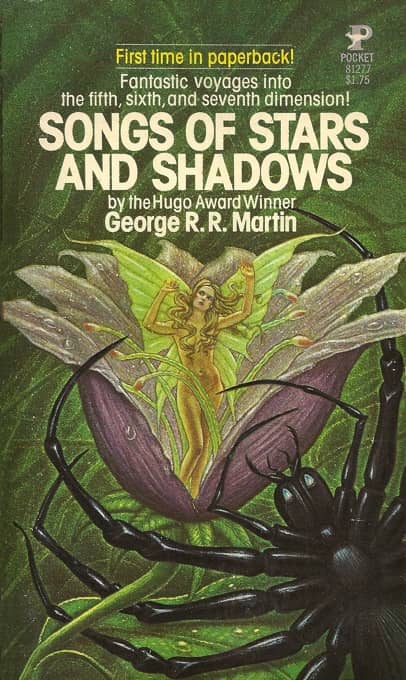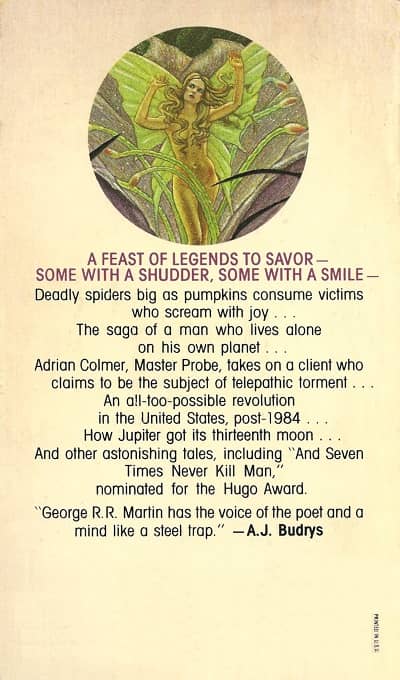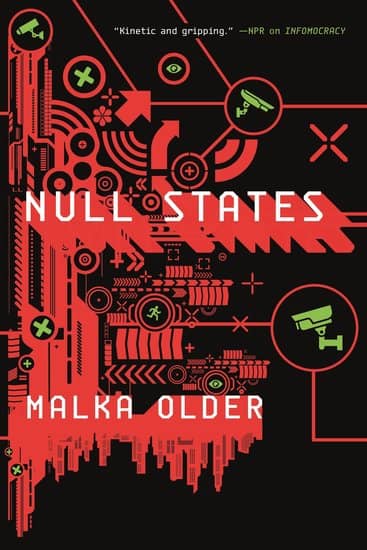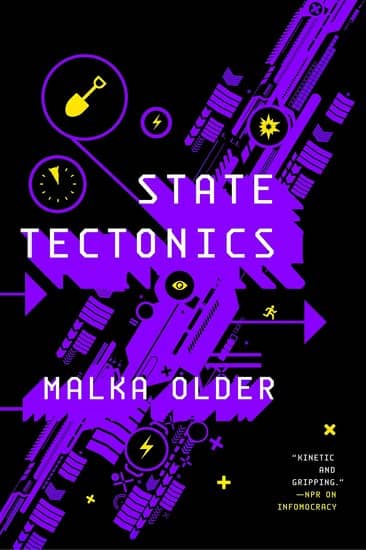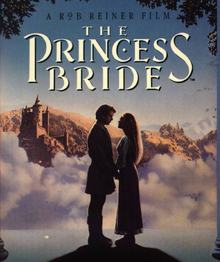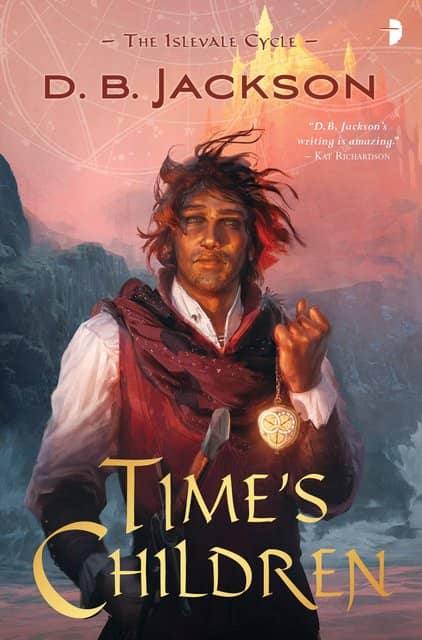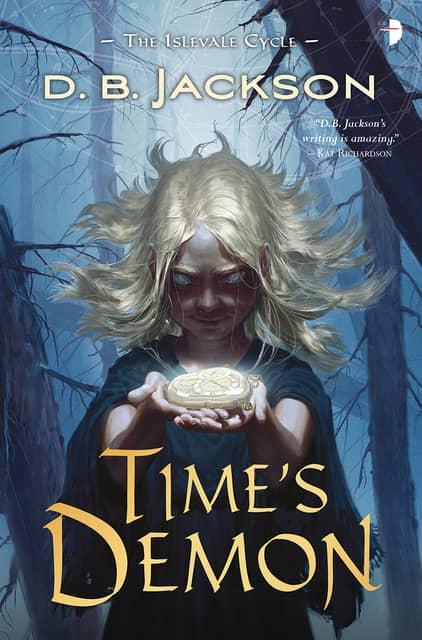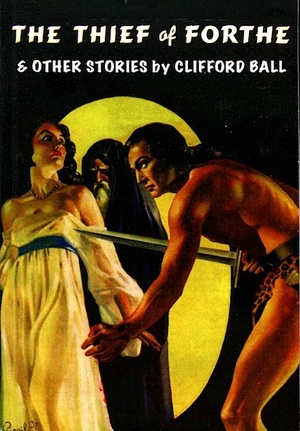Birthday Reviews: Walter Jon Williams’s “The Fate Line”
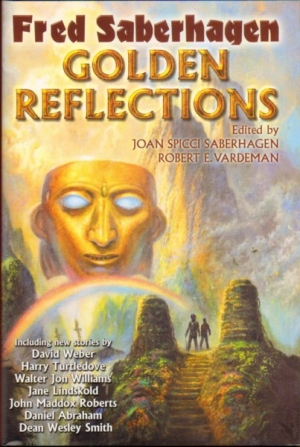
Walter Jon Williams was born on October 215, 1953
Williams received the Nebula Award for best novelette in 2001 for “Daddy’s World” and for novella in 2005 for “The Green Leopard Plague.” In 1997 he won the Sidewise Award for Alternate History for his story “Foreign Devils.” His works have also been nominated for the Hugo Award, World Fantasy Award, Philip K. Dick Award, and Theodore Sturgeon Memorial Award.
“The Fate Line” was published in the Fred Saberhagen festschrift Golden Reflections in 2011, edited by Robert E. Vardeman and Joan Spicci Saberhagen. The story is set in the same universe as Saberhagen’s 1979 novel The Mask of the Sun and has not been reprinted.
Williams take on the setting is one of constantly shifting expectations. It opens with Perseus, the illegitimate son of one of the Ptolemaic pharaohs, plundering a tomb at the orders of his half-brother, the Pharaoh Ptolemy V Epiphanes, in order to find the wealth needed to fight the rebels and foreigners who threatened the dynasty. Perseus worries that both success or failure would bring about his own death, but when he found the immeasurable wealth of Ahmose, the founder of the eighteenth dynasty, he began to see a way out of his dilemma.
Williams quickly shifts the focus to Demetrios, a disentimed soldier who is working for the Quechuans of The Mask of the Sun in their time-war against the Tenocha. In one of the timelines, Cuzco-81, there is an Egyptian empire that threatens the Quechuans and Demetrios and a team are sent back in time to stop the Ptolemaic dynasty from establishing a foothold that lasts thousands of years. The team suffers almost instant failure when Demetrios meets Elpidos, a man who has knowledge about Demetrios, but who can’t share too much. Demetrios does realize that if he intends any harm to Ptolemy, the pharaoh will learn of it and Demetrios will fail.
Unable to return to his own time and knowing that his mission is stymied, Demetrios tries to figure out how to best establish himself in ancient Alexandria. Taking inspiration from his aunt, he sets himself up as a cheiromancer. When his predictions come true, he draws the attention of those close to the court and is eventually able to learn the secret of Ptolemy’s great luck, which ties in to Saberhagen’s novel, and come up with a way to siderail the timeline’s history without doing anything to harm the king.
